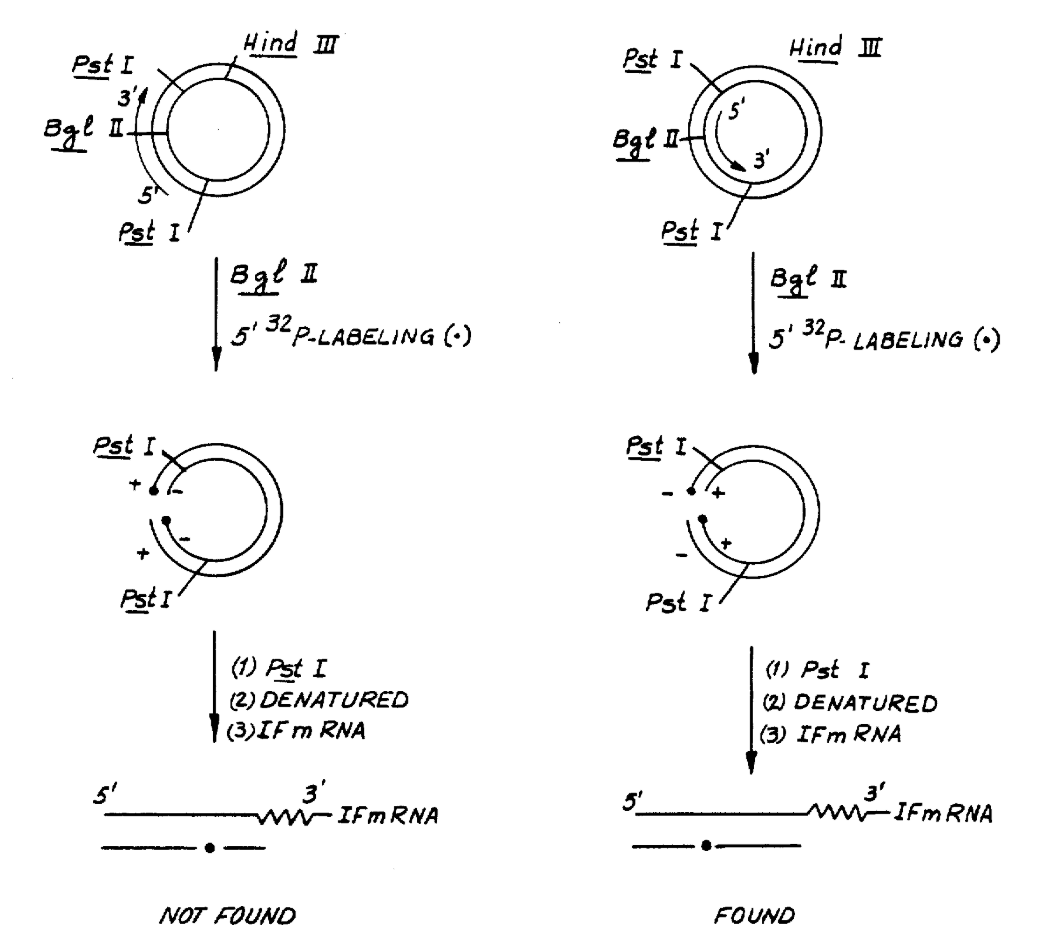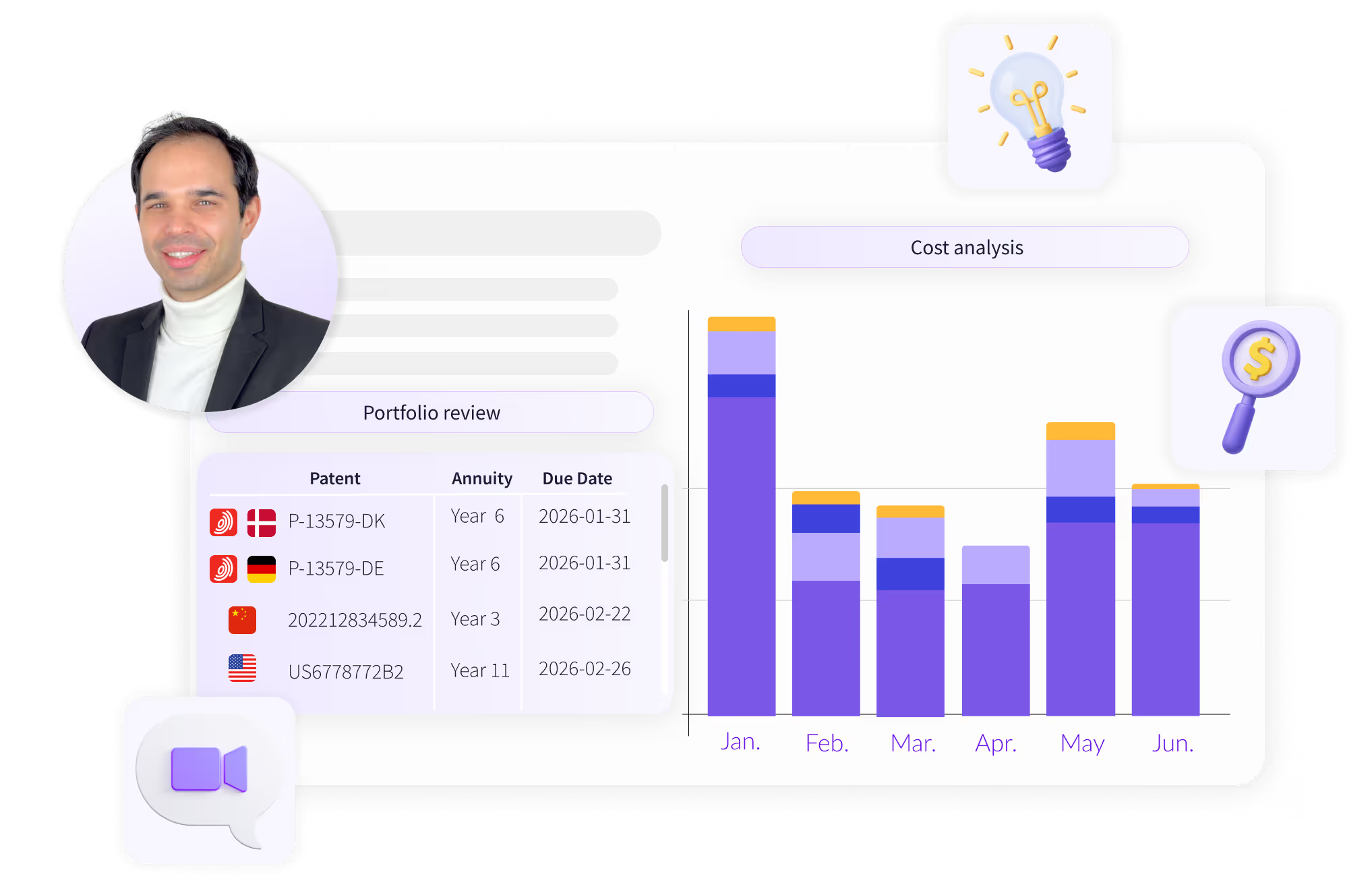TRY OUR NEW (FREE) IP RENEWAL COST CALCULATOR
Calculate.avif)
Biotechnology is one of the most innovative industries in the world, and patents have shaped its milestones from the very beginning. Every leap in biotech, from recombinant DNA technology to the ongoing CRISPR patent dispute, shows how intellectual property protects investment and accelerates commercialization.
In this guide, you will learn about the most famous biotech patents, the broader role of biotech intellectual property, and what these cases mean for the future of innovation.
Key takeaways
Biotechnology is one of the most capital-intensive industries in the world. Developing a new therapy or diagnostic tool often requires 10–15 years of research and can cost over $2 billion from lab to market, especially for biologic drugs. Without the security of patents, few companies or investors would be willing to take such enormous financial risks.
Patents play three essential roles in biotech:
But patent protection in biotech isn’t just about business. It also raises questions of ethics and access. Should a company be able to hold exclusive rights over a human gene sequence? What happens when a patented diagnostic test becomes too expensive for patients? And how do we balance rewarding innovation with ensuring global access to essential treatments?
These questions all played out in real-world patent cases. Some of the most famous biotech patents in history show exactly how intellectual property can both drive breakthroughs and spark controversy. By looking at these landmark cases, we can see how patents shaped science, business, and healthcare and what lessons today’s innovators can learn from them.

Recombinant DNA technology is a way of cutting and pasting DNA from different organisms. Imagine taking a useful trait from one species and giving it to another. That’s how scientists first learned to make bacteria produce human insulin.
In the 1970s, Stanley Cohen and Herbert Boyer at Stanford and the University of California developed this method and patented it. The patent didn’t cover a single product, it covered the technique of combining DNA across species, the foundation of genetic engineering.
What made these patents stand out was the licensing approach. Instead of limiting access, Stanford and UC offered non-exclusive licenses, so any company could use the technology if they paid a fee.
The result was huge: the universities earned more than $250 million in royalties, while thousands of companies gained access to a tool that launched the biotech industry. This open approach fueled competition, encouraged startups, and sped up the creation of everything from medicines like insulin to industrial enzymes.
Why it matters: These patents proved that how you license an invention can shape an entire industry. By choosing openness, Stanford and UC gave modern biotech its start.
The Chakrabarty case was about a simple question: Can a living organism be patented if humans created it?
In 1980, Anupam Chakrabarty, a scientist at General Electric, developed a bacterium that could break down crude oil. His patent application covered the engineered bacterium itself and methods for using it to clean up oil spills. At first, the U.S. Patent Office rejected it, saying life forms couldn’t be patented.
The case went all the way to the U.S. Supreme Court, which overturned the rejection. The Court ruled that because this bacterium was “a product of human ingenuity” and not something that exists in nature, it could be patented.
This ruling changed biotech forever. It set the legal foundation for patents on genetically modified crops, engineered microbes, and other biotech inventions that had previously seemed outside the scope of patent law.
Why it matters: Chakrabarty reassured scientists, entrepreneurs, and investors that engineered life could become protectable assets, unlocking the confidence and capital needed to grow the biotech sector.
BRCA testing is used to check if someone carries a genetic risk for breast or ovarian cancer. In the 1990s, Myriad Genetics and the University of Utah patented the isolated DNA sequences of the BRCA1 and BRCA2 genes and methods for detecting their mutations. In simple terms, this gave them exclusive rights to run BRCA tests in the U.S.

That exclusivity created a storm. Patient groups and doctors argued that one company’s control made tests too expensive and limited research. Many felt it was wrong to patent genes that occur naturally in the human body.
In 2013, the U.S. Supreme Court settled the debate: naturally occurring DNA sequences cannot be patented because they are products of nature. However, synthetic DNA (cDNA), which is lab-made, remained patent-eligible.
Why it matters: The BRCA case drew a clear line between discoveries of nature and human-made inventions. It also showed how patent rights in healthcare need to be balanced with public access to life-saving tests.
Antibodies are proteins that help the body recognize and fight disease. In the late 1970s, César Milstein and Georges Köhler invented hybridoma technology, a way to fuse cells so they could produce endless identical antibodies called monoclonal antibodies.

Patents on this method of producing monoclonal antibodies became the backbone of an entirely new class of medicines: biologics. For example, it covered the technique that allowed companies to make large quantities of antibodies for therapy.
This discovery enabled blockbuster drugs like Humira, Keytruda, and Herceptin, which transformed cancer treatment and autoimmune care. Strong patents protected these drugs for decades, generating billions in revenue and allowing companies to reinvest in research.
As those patents expire, biosimilars, highly similar versions of the original drugs, are entering the market. This is lowering costs for patients but also shifting the competitive landscape.
Why it matters: Monoclonal antibody patents show how one method can unlock a whole class of medicines and how patent expiration directly changes who can access treatments and at what price.
CRISPR-Cas9 is a gene-editing tool that works like molecular scissors; it lets scientists cut and edit DNA with precision. It’s being explored for treating genetic diseases, engineering crops, and even developing new industrial materials.
Because of its potential, patents around CRISPR quickly became some of the most valuable in biotech. UC Berkeley and the Broad Institute both claimed priority for using CRISPR in eukaryotic cells (like human cells). In 2022, the U.S. Patent Trial and Appeal Board awarded key claims to Broad. But in May 2025, the Federal Circuit reopened parts of UC’s appeal, sending the case back for review.
Meanwhile, the commercial landscape is fragmented: companies like Editas Medicine (linked to Broad) and CRISPR Therapeutics (linked to UC and Charpentier) are racing to bring therapies forward. Beyond medicine, CRISPR patents also touch agriculture and synthetic biology, shaping everything from rare-disease cures to climate-resilient crops.
At the same time, new techniques like base editing and prime editing are emerging with their own patents, raising the question of whether CRISPR-Cas9 will stay dominant or be overtaken by newer tools.
Why it matters: The CRISPR battle shows that patent disputes shape who can innovate, who can collaborate, and how quickly life-changing treatments reach patients.
These famous biotech patents highlight the multiple ways IP shapes innovation.
The combined effect of these patents is an industry that now contributes massively to healthcare, agriculture, and industrial biotech worldwide.
These landmark cases offer several lessons:
Biotech intellectual property will continue to evolve with science. Some key areas to watch:
These changes suggest that biotech patents will remain at the center of both innovation and legal debates for decades.
The future of biotech, whether it’s CRISPR, AI-driven discovery, or synthetic biology, depends on having IP management that’s reliable, transparent, and well-structured. Patents need to be in safe hands, so innovation isn’t held back by technical or administrative barriers.
At PatentRenewal.com, we make this easier. Our platform automates global patent renewals, gives you full transparency, and ensures secure payments so you can focus on moving science forward while we handle the complexity in the background.
Get started with PatentRenewal.com today and protect your IP portfolio the smart way.
Interested in a free IP renewal consultation? Benchmark your current IP renewal setup and costs against market standards.
